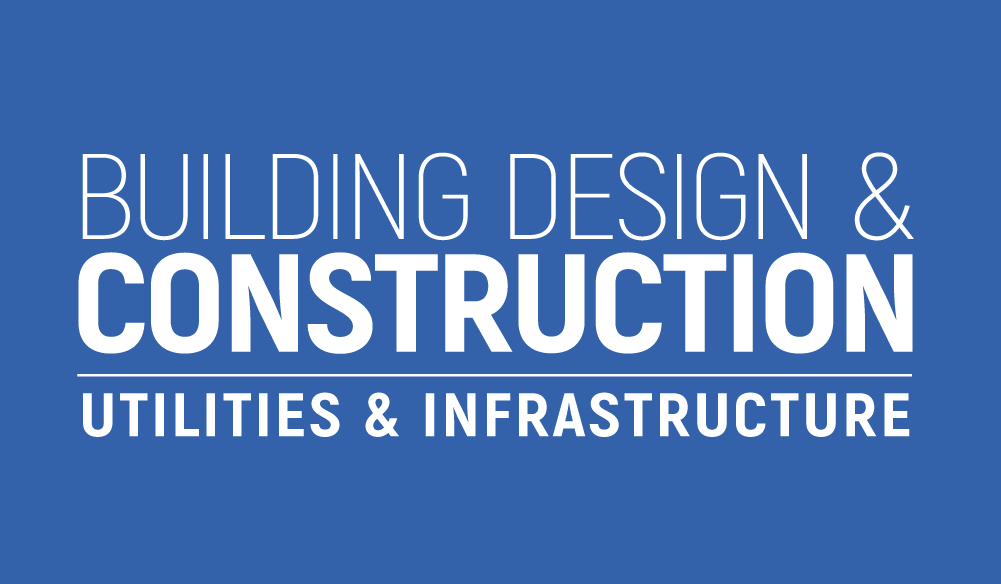Buildings are generally known for being energy guzzlers when it comes to costs, with the main reasons being the lack of thermal insulation or outdated heating and cooling technology. In addition, residential and office buildings often still rely on fossil fuels. Appliances that consume too much energy are often found in these buildings and the high costs from the factors mentioned above burden many different parties involved in the construction of the property. This includes investors.
Since 2019, the European Green Deal has tightened the previously set climate protection targets. The associated measures also include the EU taxonomy and this is linked to assessment criteria for the real estate industry.
Further measures of the EU taxonomy result from the ESG requirements. They are considered standard criteria for sustainable investments and decisions by investors, real estate owners, as well as municipalities and companies. In order to meet the ESG criteria, climate-protecting individual measures, such as the installation of photovoltaic systems or the improvement of thermal insulation, must be implemented.
Residential and office buildings that meet these criteria have a positive public image as they are considered to be as sustainable and energy-efficient as possible. Investors benefit from the sustainability and low operating costs of the buildings in which they have invested.
Compliance with ESG criteria is becoming increasingly important, as the construction industry accounts for a high proportion of global energy consumption and is responsible for a large proportion of energy and process related CO2 emissions. For all those involved in a construction project, such as architects, planners, and investors, energy-saving and sustainable measures for real estate are becoming increasingly important.
In order to reduce the costs for energy, there are a wide variety of concepts and construction methods. For example, the HUF City Living complex in Montabaur (Germany). It not only contains 44 residential units, unusual architecture and state-of-the-art technology also come together here. The exclusive residential project was built in accordance with the KfW 55 energy standard.
In HUF City Living, aquatherm black system was installed within the ceiling. This surface heating and cooling system from aquatherm made an important contribution to meeting this standard and was a significant component of the project.
Ice energy storage, photovoltaics, hot water collectors, and heat pumps were combined as energy sources in the sophisticated energy concept for these residential buildings. The aquatherm black system formed part of this concept as the system is self-sufficient and invisibly installed within the ceiling or floor in all flats. The central element is the ice energy storage tank as this feeds several heat pumps in the individual technical rooms of the buildings and is coupled with many solar double modules on the shed roofs of the houses.
If the measures and energy concepts presented in this paper are implemented, residential and office buildings can not only cover their own electricity needs, but also feed surplus electricity into the existing grid. Sustainable and energy-efficient buildings reduce their own operating costs, fulfil the ESG criteria set by the European Union, and make an important contribution to climate and environmental protection.
Building, Design and Construction Magazine | The Home of Construction and Property News





